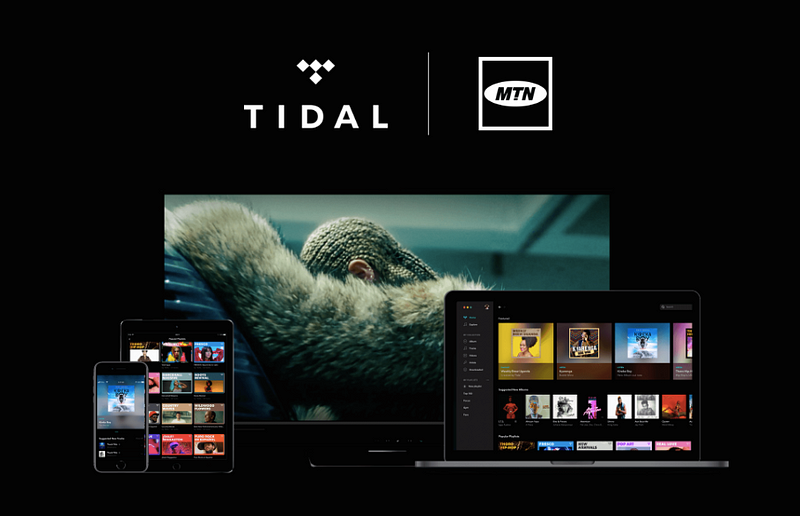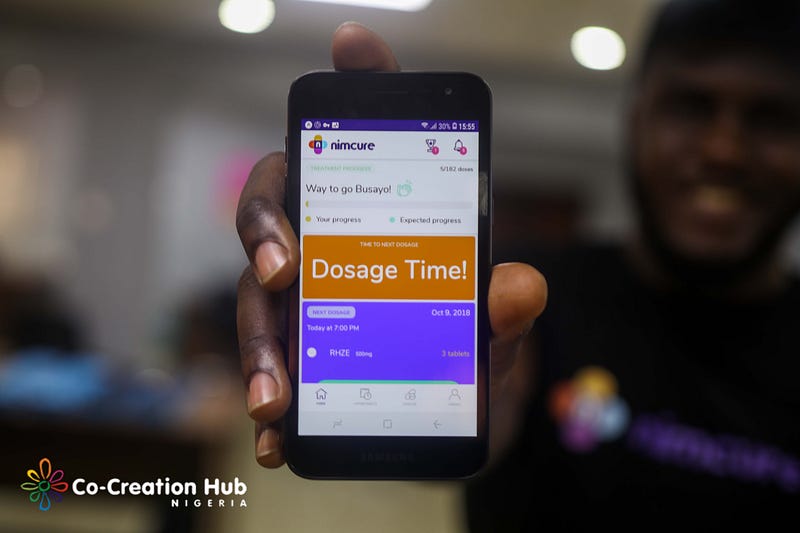It is safe to say that you are thinking that its hard to legitimize spending a lot of cash on another watch? Regardless of whether you've been setting something aside for a considerable length of time, or you're a rash individual with a major reward, burning through thousands on a timepiece is a genuine choice.
We're here to expel such blame, and told you spending genuine measures of money on a watch is absolutely justified, despite all the trouble.
Perhaps you're experiencing difficulty convincing a huge other to give you a chance to get that chalice watch? It's constantly dubious. The vast majority will state you are distraught, at that point instantly list every one of the things you could purchase rather; a PC, a fantasy occasion, a vehicle, possibly a house store...
Be that as it may, you shouldn't give their response a chance to put you off purchasing that fantasy timepiece.
On the off chance that you extremely should account for yourself (or maybe you require pushing over the line to make the huge buy), here are some convincing motivations to slap down your charge card without recoiling.
Be that as it may, you shouldn't give their response a chance to put you off purchasing that fantasy timepiece.
On the off chance that you extremely should account for yourself (or maybe you require pushing over the line to make the huge buy), here are some convincing motivations to slap down your charge card without recoiling.
1. You have lusted over it
There's no damage in purchasing a costly watch (accepting you can really manage the cost of it, obviously) absolutely in light of the fact that you need it. You may have seen it in the diamond setter's window on your meal break walk and yearned for it from that point onward; one day challenged yourself to go and give it a shot, helpfully leaving the Mastercard at the workplace.
You see the watch promoted in each magazine, in a T3 article, and everywhere on your calculation bolstered Instagram feed. So you at last buckle and get it. Presently appreciate it – life's too short for purchaser's regret when cash is spent on something you have yearned for a considerable length of time, months, or even years.
You see the watch promoted in each magazine, in a T3 article, and everywhere on your calculation bolstered Instagram feed. So you at last buckle and get it. Presently appreciate it – life's too short for purchaser's regret when cash is spent on something you have yearned for a considerable length of time, months, or even years.
2. It is a thing of beauty
Individuals burn through a large number of pounds on bits of craftsmanship, which fill no need than to be excellent – so what's the matter with spending huge cash on a watch, which is both lovely and helpful?
Indeed, any shabby Casio can tell the time, yet an expensive Swiss number attracts your eye with its jumper's bezel, uncovered crown, gleaming dial, perplexing inconveniences, and supple calfskin tie. From the lists and chronograph, to the moonphase confusion, clearing hands and uncovered development, watches present loads of modest points of interest to watch and respect.
Taking a gander at a fine Swiss watch is about much more than simply checking the time.
Indeed, any shabby Casio can tell the time, yet an expensive Swiss number attracts your eye with its jumper's bezel, uncovered crown, gleaming dial, perplexing inconveniences, and supple calfskin tie. From the lists and chronograph, to the moonphase confusion, clearing hands and uncovered development, watches present loads of modest points of interest to watch and respect.
Taking a gander at a fine Swiss watch is about much more than simply checking the time.
3. It commemorates a special occasion
Regardless of whether it's your wedding, the introduction of a kid, or another imperative day, an uncommon watch can help check the event - you could even have the date and a message engraved on the back of the case.
That way at whatever point you look down at the time, you'll be helped to remember that exceptional day - and what's more, the watch will turn into a loved family treasure to go starting with one age then onto the next. When it has gone from parent to kid and in the end grandkid, the high at first expense will without a doubt turn into a far off and insignificant memory.
It's no big surprise Patek Philippe discusses not owning its ultra-costly watches, but rather only care for them for the people to come.
That way at whatever point you look down at the time, you'll be helped to remember that exceptional day - and what's more, the watch will turn into a loved family treasure to go starting with one age then onto the next. When it has gone from parent to kid and in the end grandkid, the high at first expense will without a doubt turn into a far off and insignificant memory.
It's no big surprise Patek Philippe discusses not owning its ultra-costly watches, but rather only care for them for the people to come.





































